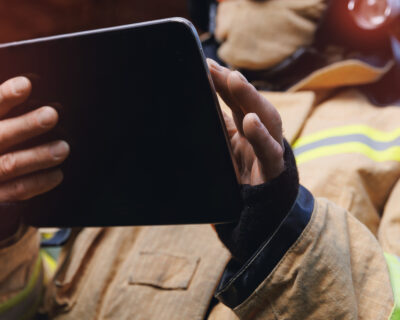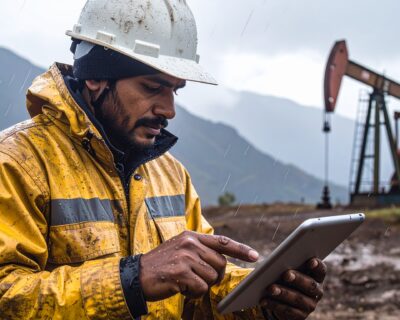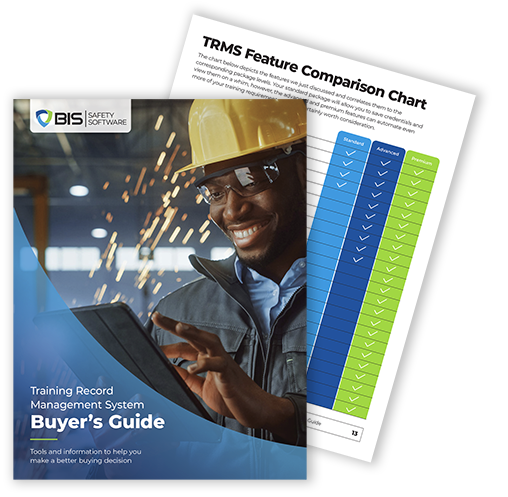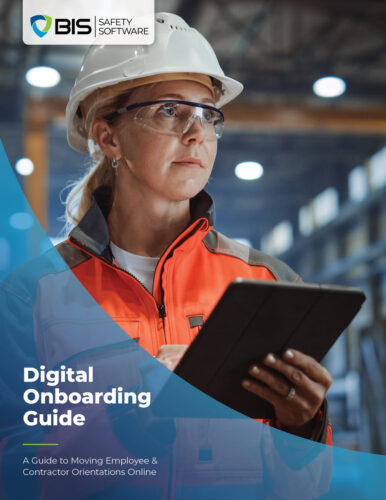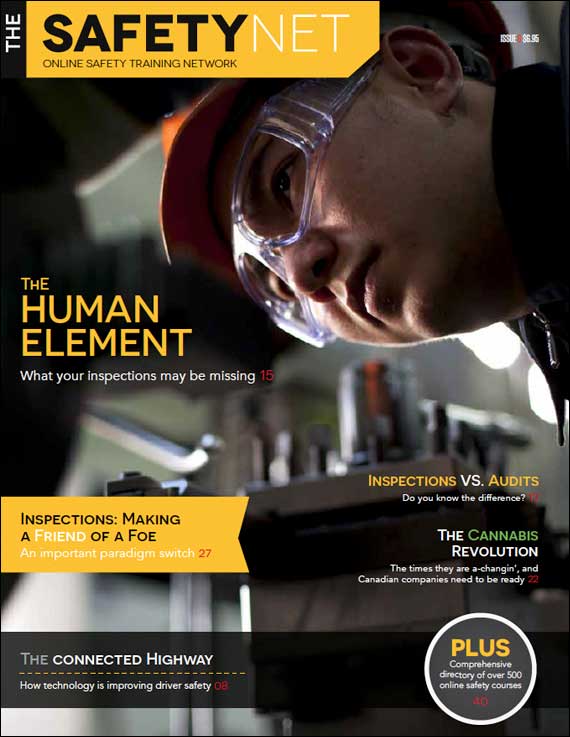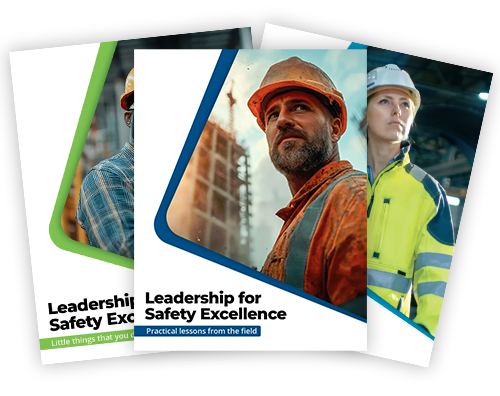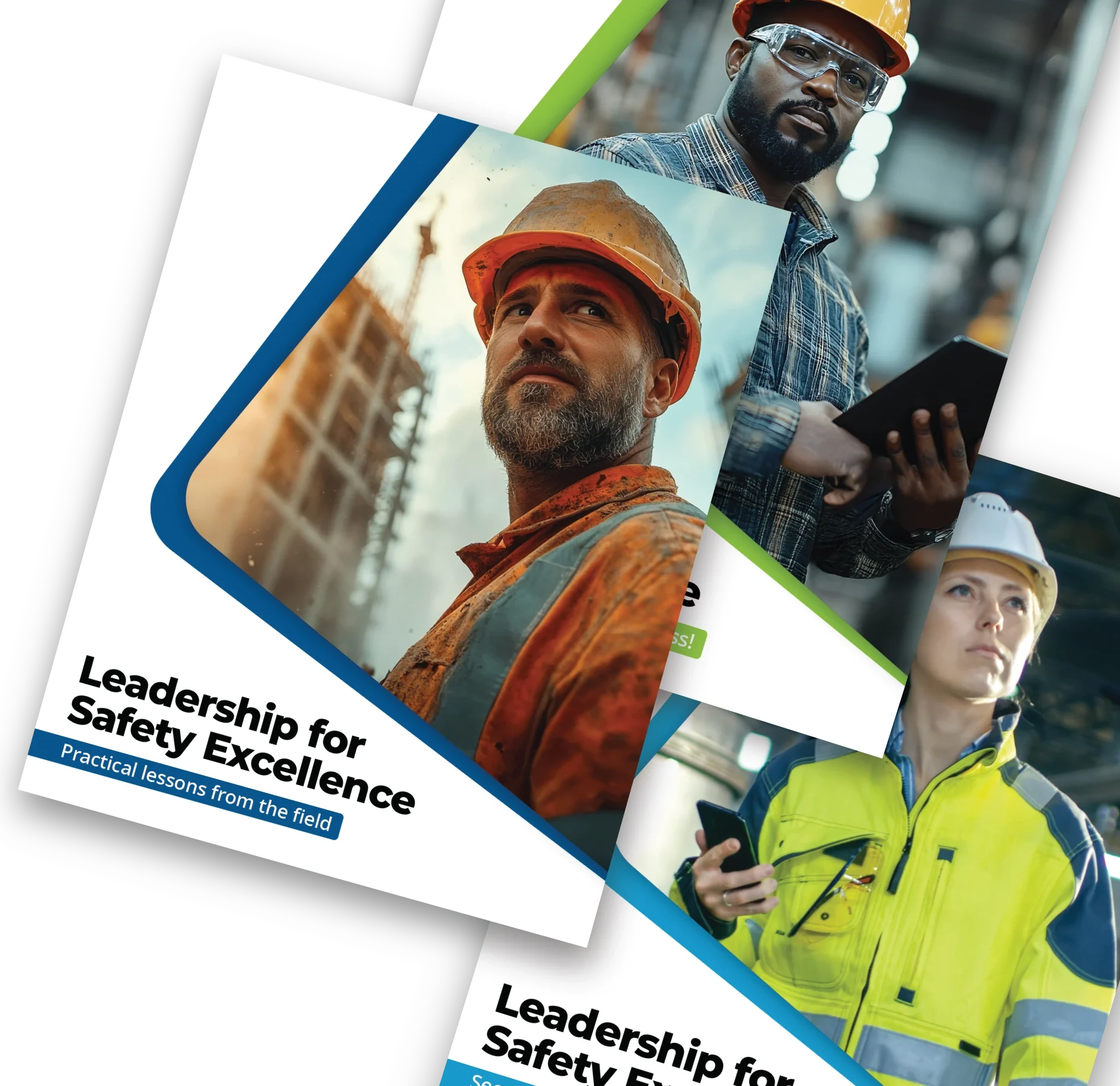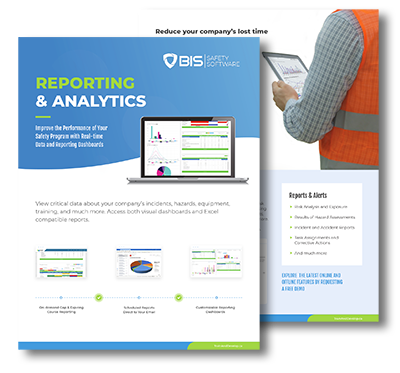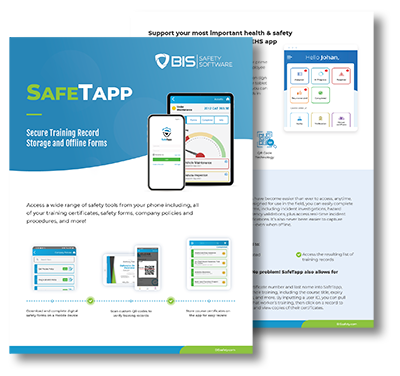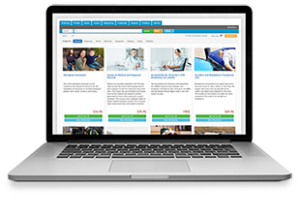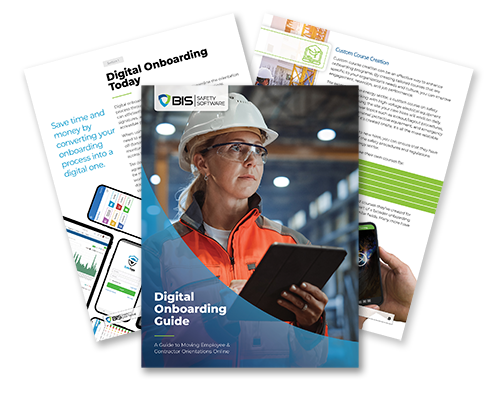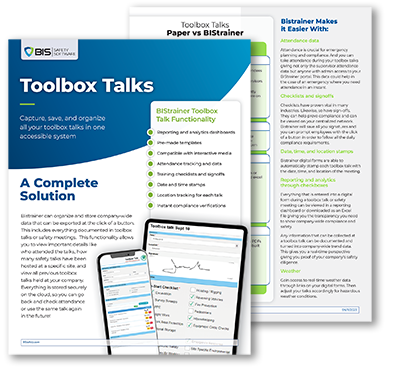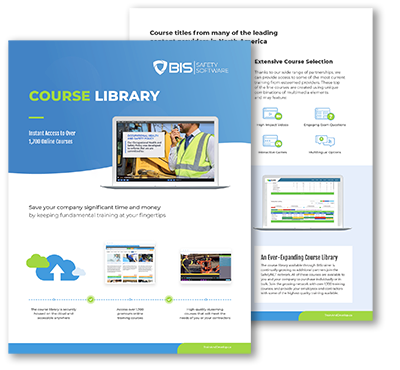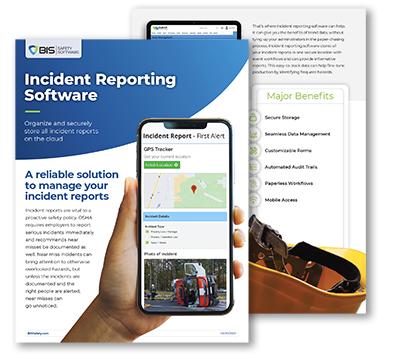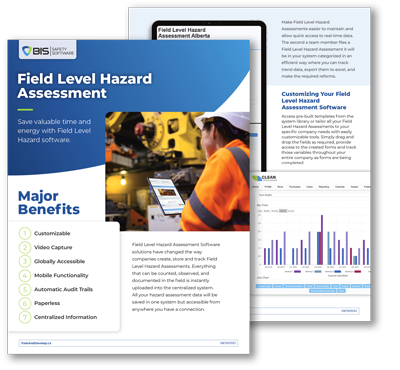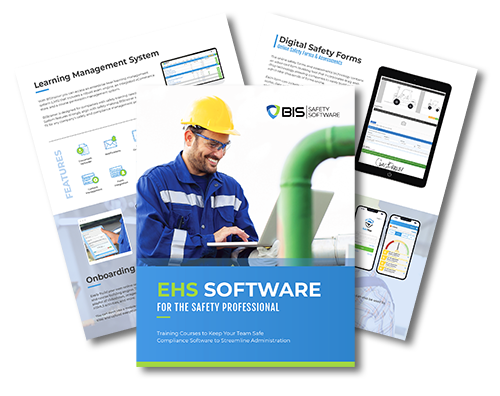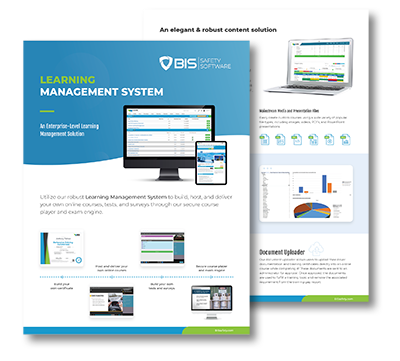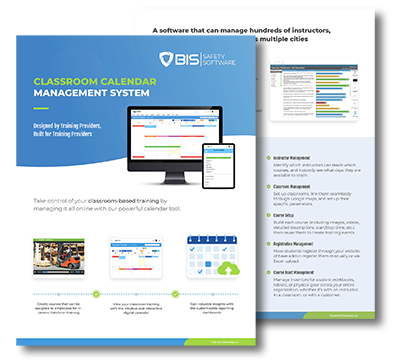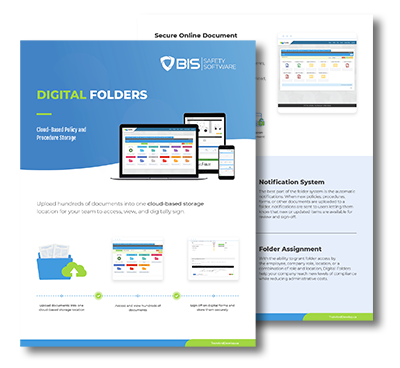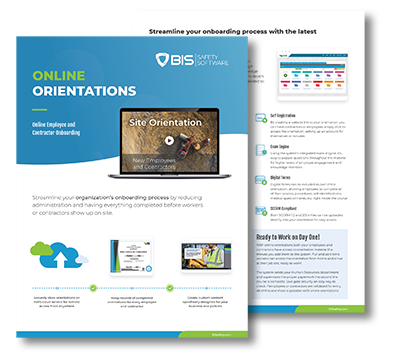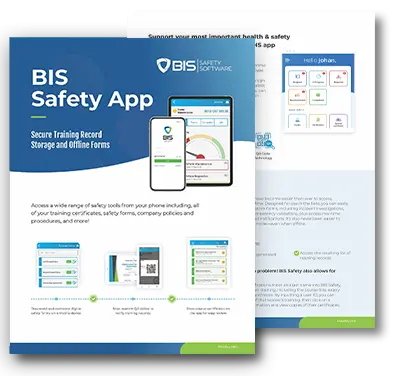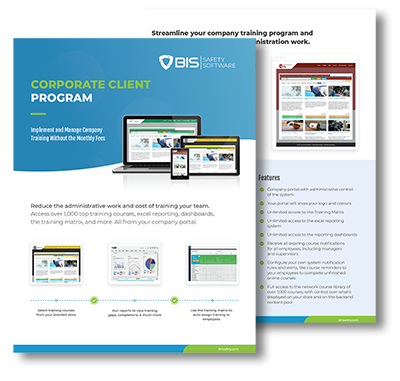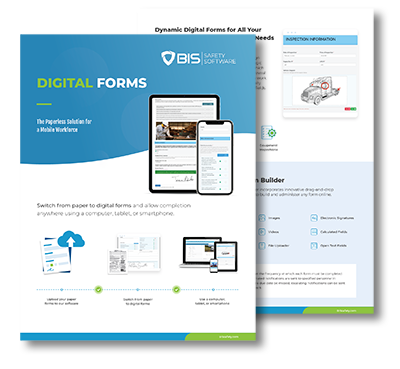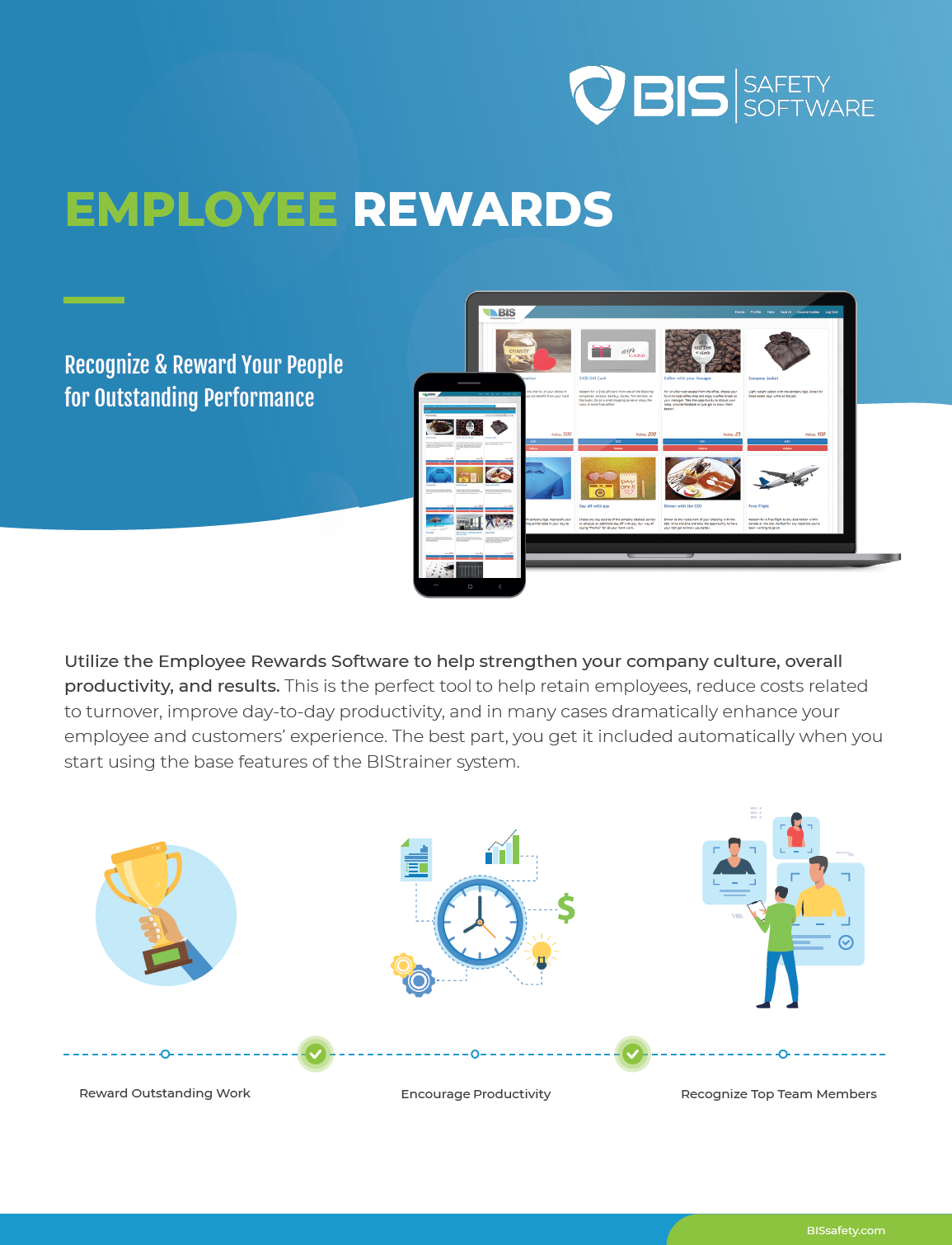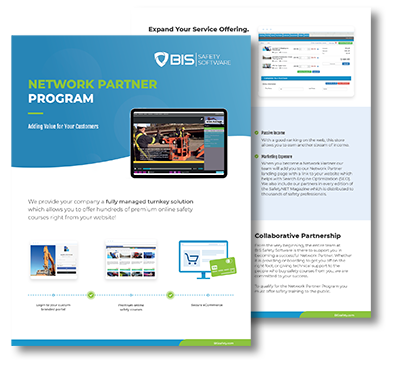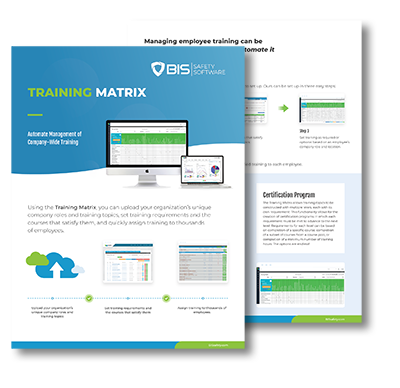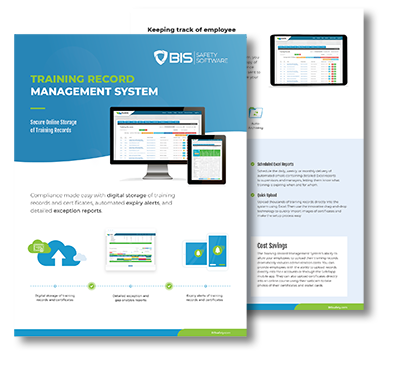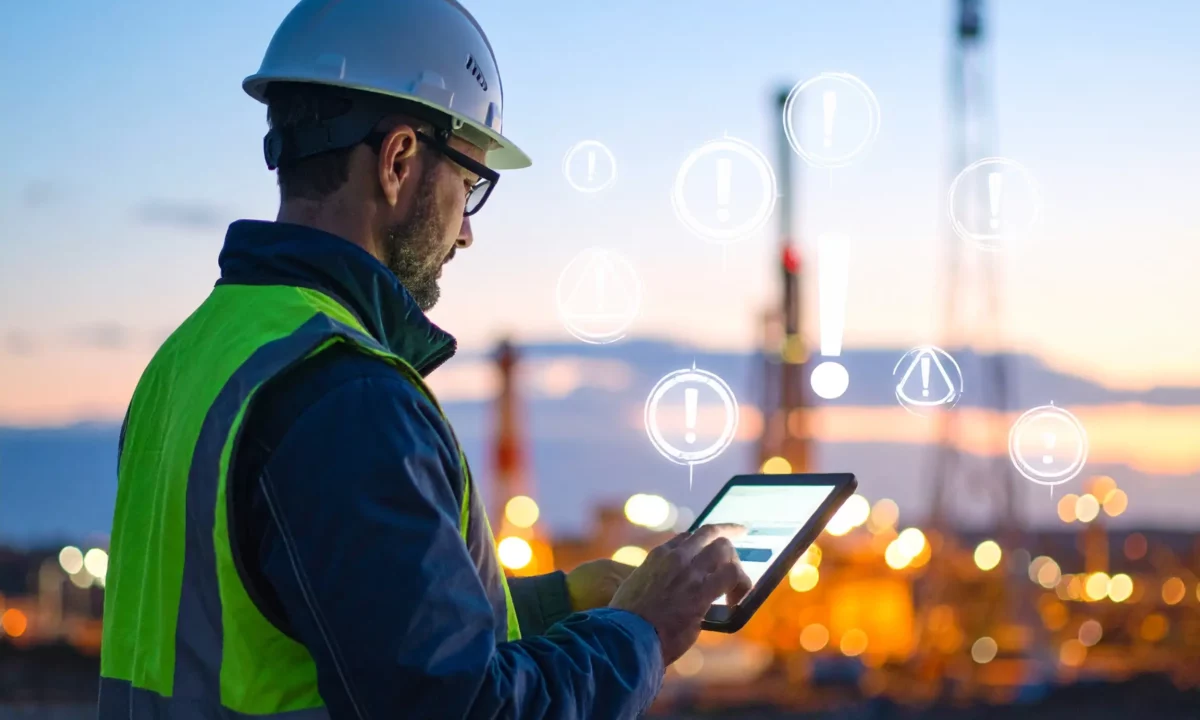
Spot Hazards Sooner Prevent More Incidents
In safety, hindsight is costly. That close call that nearly turned tragic? It could’ve been prevented. When hazards go unnoticed or unaddressed, workers pay the price. But what if you had the tech to surface risks before they become incidents?
That’s where hazard identification software steps in. Far beyond just convenience, it delivers visibility, speed, and data that turn everyday observations into life-saving interventions.
1. Instant Hazard Reporting in the Field
Mobile hazard reporting gives workers a way to flag dangers in real time, no clipboard or downtime needed. With modern software, they can:
- Capture hazards directly from their smartphones
- Attach photos, voice notes, and GPS data
- Instantly alert supervisors to critical risks
It bridges the gap between job sites and safety teams, removing the delay that can let issues escalate.
2. Actionable Safety Data, Not Just Checklists
Forget the clutter of spreadsheets and static logs. Hazard software reveals what’s really happening:
- Analyze recurring risks by team, task, or timeline
- Use visual dashboards to track safety trends
- Sync data into your broader safety ecosystem
With the right data, safety isn’t guesswork, it’s strategy.
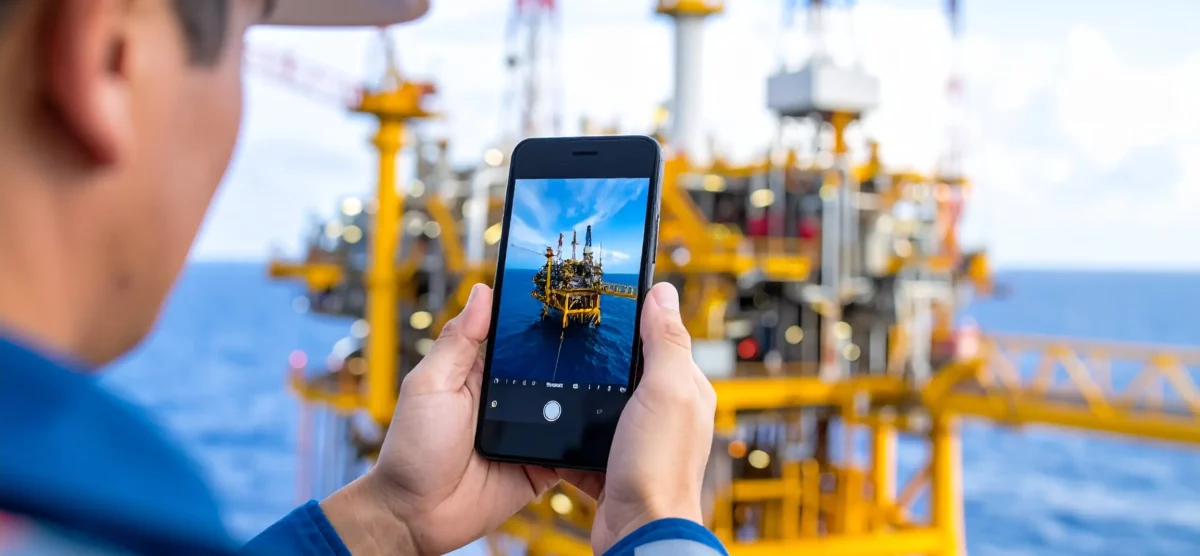
3. Frontline Engagement That Drives Results
Safety thrives when everyone’s involved. This software helps build that engagement:
- User-friendly apps make reporting frictionless
- Optional anonymity protects whistleblowers
- Workers see outcomes from their reports
When people see that speaking up leads to action, they keep doing it and that culture shift saves lives.
4. Speed Up the Response Loop
Hazard reporting should lead to hazard resolution. Good software ensures it does:
- Assigns fixes to the right team members automatically
- Tracks deadlines for resolution
- Sends alerts so nothing gets dropped
It transforms reporting from a one-way street into a closed-loop system of accountability.
5. Fuel a Culture of Proactive Safety
Culture is built in small, daily decisions. Smart tools support that culture by:
- Prompting daily hazard reviews
- Highlighting active participants and frequent reporters
- Bringing real examples into safety talks and briefings
It encourages vigilance, recognition, and shared responsibility.
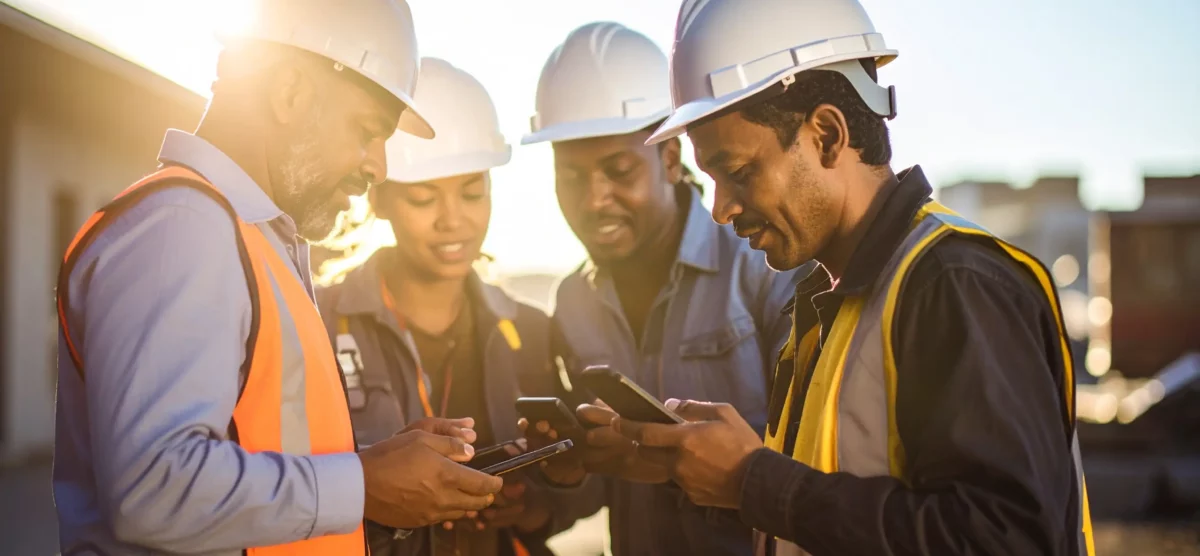
6. Strengthen Compliance with Ironclad Records
Documentation matters. Software ensures nothing slips through:
- Every report is tracked by time, user, and outcome
- Records are easy to pull for audits or investigations
- Shows regulators and clients that your safety practices are real—not just policies on paper
It’s not just about proving you care, it’s about protecting your people and your reputation.
The Bottom Line: See Hazards, Save Lives
Hazard identification software brings safety into real time. It helps teams respond faster, uncover patterns, and take action before things go wrong.
Because safety leadership means more than checking boxes. It’s about creating an environment where everyone has the tools and the voice to protect themselves and each other.


